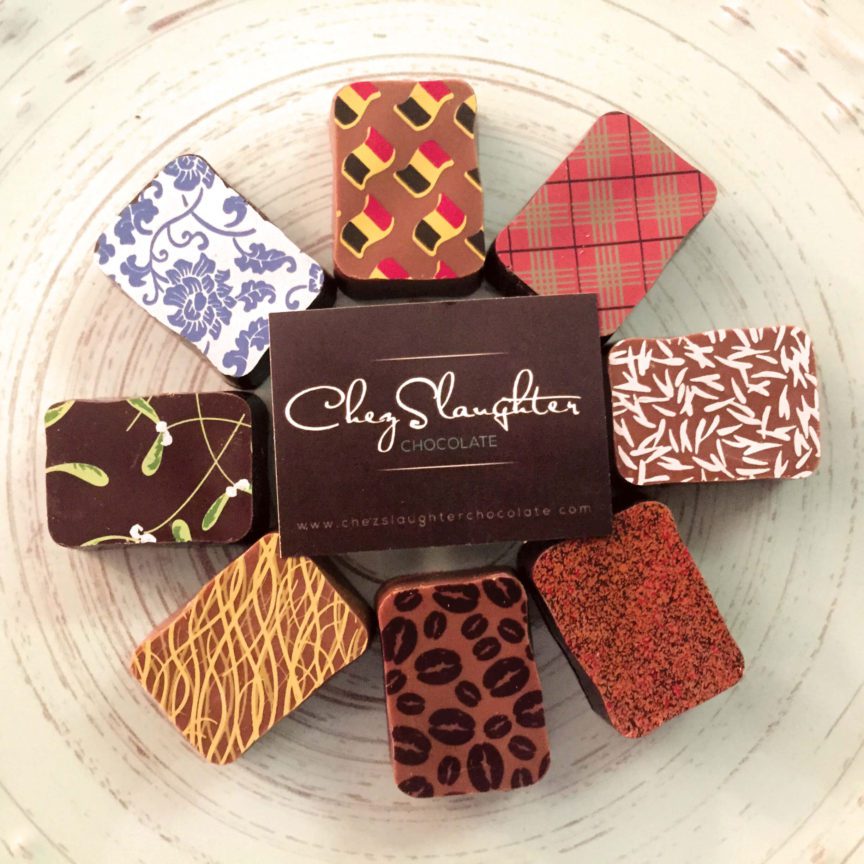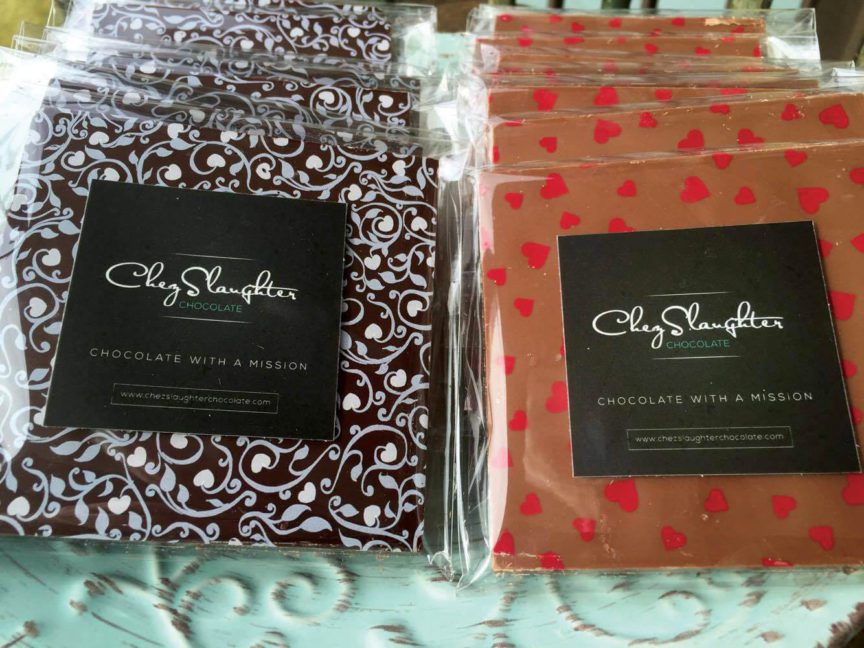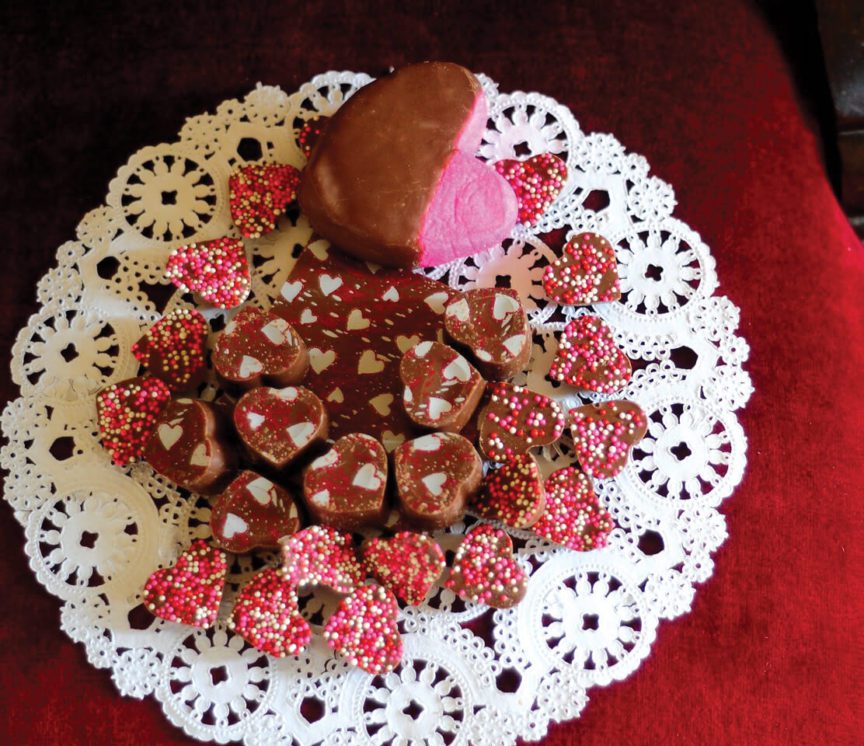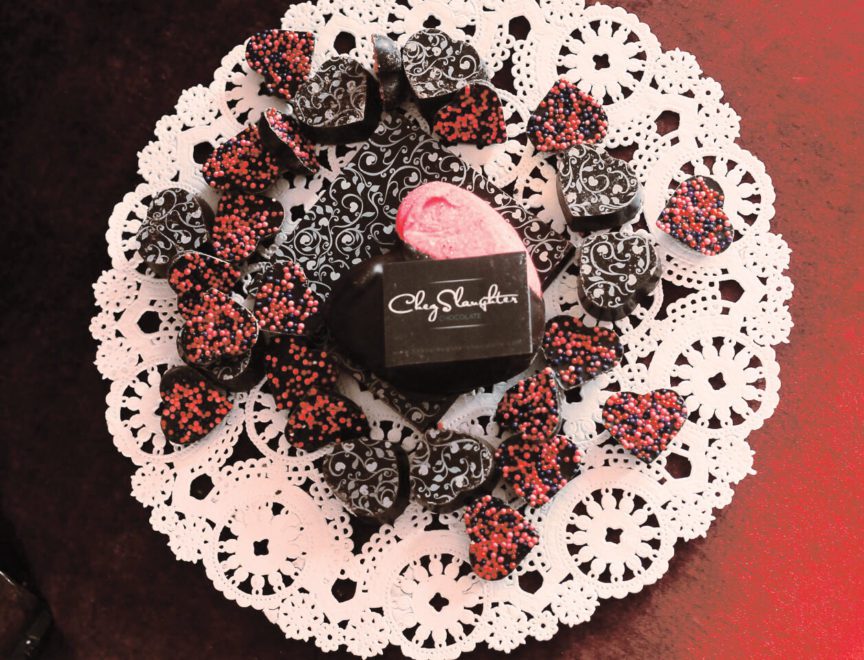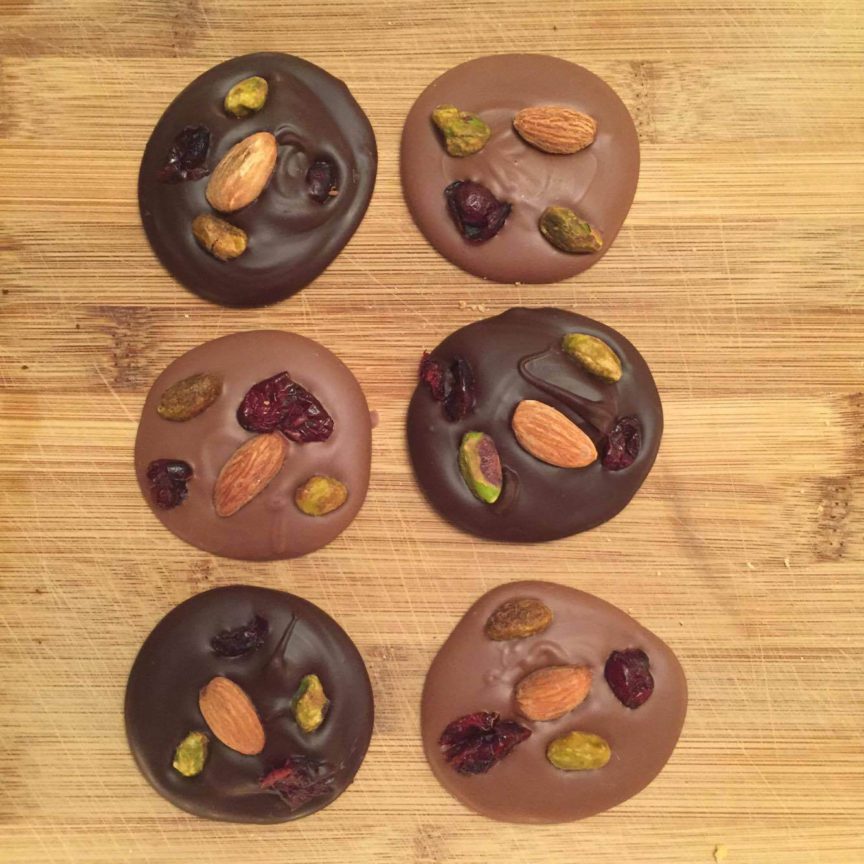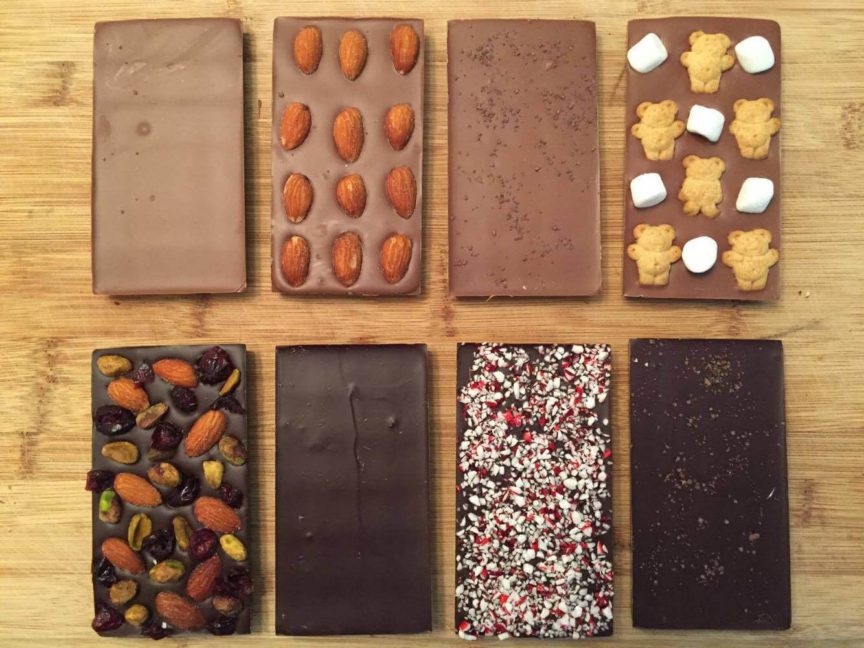If a box of chocolate is your favorite Valentine’s gift, you have a man named Richard Cadbury to thank.
Before Mr. Cadbury’s time, chocolate was primarily enjoyed as a drink. But Cadbury, who was responsible for the sales department of his family’s chocolate company, knew that in order to sell more chocolate he had to get folks to do more than just drink it.
So Cadbury borrowed a technique from his competitor, British chocolate maker J.S. Fry & Sons, who had developed a process to make filled chocolates with flavored centers.
Then Cadbury tapped into the Victorian era’s passion for ornamentation and began to sell Cadbury chocolates in decorative containers he called “fancy boxes.”
But it was when Cadbury created one of his fancy boxes in the shape of a heart that he earned himself a place in the annals of chocolate history. Victorian England prized the boxes as much as they did the chocolate, and kept the heart-shaped containers to store treasured mementos.
And that’s how Cadbury made chocolate as central to the celebration of Valentine’s Day as greeting cards and flowers.
Why We Crave It
Although some 40 million heart-shaped boxes filled with chocolates were sold in the United States alone last year, thankfully, chocolate isn’t just for Valentine’s Day. In fact, more than 50 percent of adults in the U.S. prefer chocolate over any other flavor.
And in addition to the fact that chocolate just tastes so good, if you’re a chocolate lover, you’ll be glad to know that there are scientific reasons we crave chocolate.
Here are a few:
• If you suffer from low blood sugar levels, you might crave chocolate thanks to its sugar and caffeine that can help stabilize those levels. All the better if you crave dark chocolate as it’s low on the glycemic index and can help stabilize levels more safely.
• If you’re anxious, emotional or mildly depressed, chocolate may be your ‘go to’ food because it increases levels of feel-good neurotransmitters such as dopamine in our brains.
• And if you’re one of the 80 percent of the population that is deficient in magnesium, you may crave dark chocolate due to the fact that it contains 327 milligrams of magnesium per 100 grams.
Why It’s Healthy
Chocolate has enjoyed a reputation as a medicinal food for hundreds of years. European pharmacists sold chocolate in the 1500s and 1600s to treat a variety of conditions from chest pain and fevers to low body weight and premature graying. And it’s thought that the ancient Aztec and Mayan cultures used cacao medicinally as well.
Although it’s doubtful that cacao prevents premature graying or chases away the flu, we do know now that cacao is a “superfood,” containing polyphenols and flavanols that act as antioxidants to protect the body from free radicals.
But the chocolate boosting benefits don’t stop there. Below are seven other ways in which chocolate is good for your health:
Chocolate Increases Metabolism: The chemical “theobromine” found in dark chocolate stimulates the central nervous system as it releases adrenalin. That increases the body’s metabolism – especially when mixed with chili and green tea – which causes you to burn more calories.
Chocolate is Heart Healthy: Antioxidants in chocolate can protect blood vessels from atherosclerosis, prevent heart attacks, stroke and normalize blood pressure. Eat a smart dose of dark chocolate daily and you can reduce your risk of heart disease by 33 percent.
Chocolate Relaxes: Even the scent of chocolate is a health boost. Research shows that chocolate’s scent increases the amount of theta brain waves, inducing a state of relaxation.
Chocolate = Healthy Teeth: Because dark chocolate is rich in tannins, which contain antimicrobial qualities, it can help prevent tooth decay and even work as an anti-bacterial agent.
Chocolate Does Not Raise Cholesterol: Research shows that the stearic acid found in dark chocolate has a neutral effect on cholesterol.
Chocolate Contains Essential Minerals: High quality dark chocolate of at least 70 percent cacao offers a number of essential minerals including: iron, magnesium, copper, manganese, potassium, phosphorus, zinc and selenium. In fact, one ounce of dark chocolate contains 2 to 3 mg. of iron, more iron than in the same amount of beef.
Chocolate Can Help You Lose Weight: University of Copenhagen scientists discovered that dark chocolate helps increase the feeling of being full.
How much dark chocolate do you need to enjoy all of these benefits? Just seven grams a day, say the experts.
So if chocolate is your guilty pleasure, shake the shame and enjoy your indulgence!
Clearly Richard Cadbury was onto something when he presented that first heart-shaped box of Valentine chocolates to the world. Not only does chocolate warm the heart on Valentine’s Day, it satisfies the body’s natural cravings and contributes to good health on any day of the year.
Jeff Slaughter is the owner of ChezSlaughter Chocolate, a local artisanal chocolate business offering fine chocolate, chocolate workshops and chocolate tasting parties. For more information see: www.chezslaughterchocolate.com

